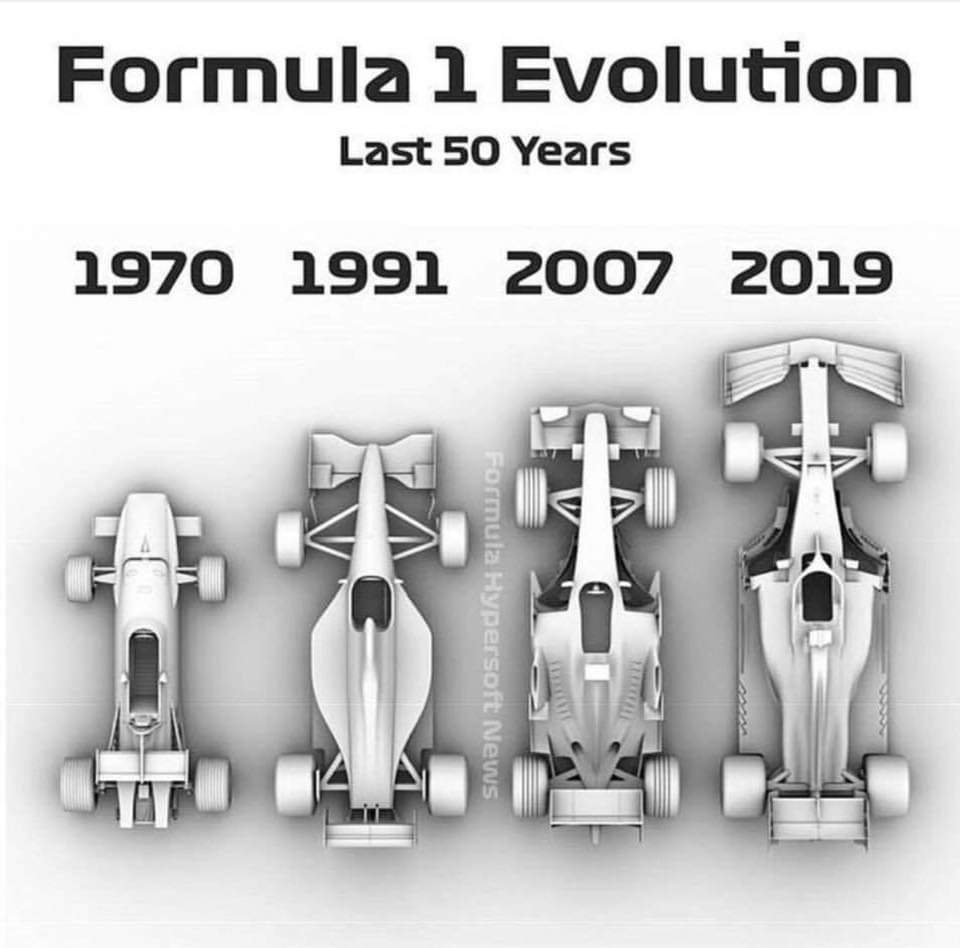They are faster, but does that make it more exiting?Just_a_fan wrote: ↑06 Mar 2020, 00:40I think we miss the point in some way when we focus on one issue e.g. weight. The reality is that the cars are bigger and heavier, yet they are able to go significantly faster around a track whilst using less fuel and using major components that last for much longer even though they are more complicated.
Last year's lame duck, the Williams, would have taken pole in the 2007 Austrlian GP in the hands of Kubica (who was the slower of the two Williams drivers). Russell would have been over 1.5s ahead of Kimi's pole time. Just think about that.
The cars these days look like trains. Way too long, inert, on rails. And even if they are in wheel to wheel action, it just doesn't look the same as, say, Senna v. Mansell in those overpowered bumpercars. I think I have more of an issue with the cars being oversized than overweight.


